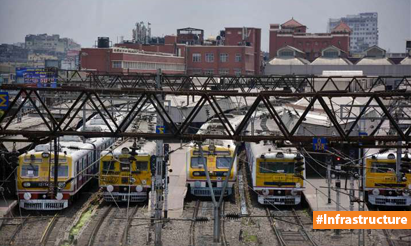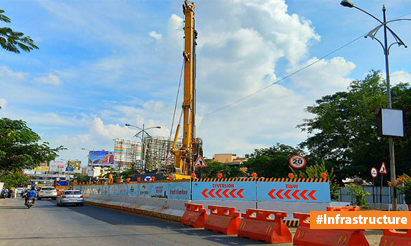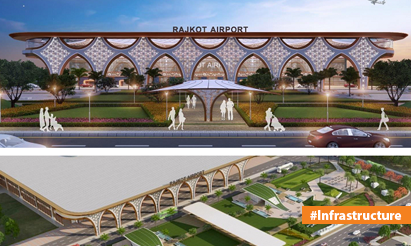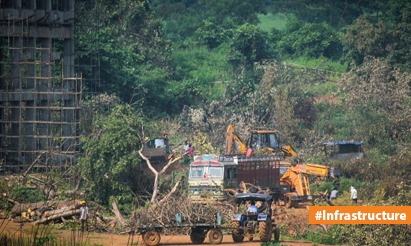Which are the Biggest Malls in Asia?
Shopping malls have become integral parts of urban landscapes across the globe, offering not just retail therapy but also serving as social and recreational hubs. In Asia, where commerce thrives and consumerism is on the rise, some malls stand out not just for their vast size but also for their cultural significance and economic impact.
What Makes a Mall Significant?
Before delving into the specifics of the largest malls in Asia, it’s crucial to understand what makes these commercial complexes so significant. Malls are more than just places to shop; they are architectural marvels housing a myriad of stores, restaurants, entertainment venues, and even cultural attractions. They serve as gathering spots for people of all ages, offering not just goods and services but also experiences and opportunities for social interaction.
Top Asian Malls by Size
Several malls across Asia boast impressive sizes, attracting millions of visitors annually. Let’s explore some of the largest malls on the continent:
1. New South China Mall, China
Located in Dongguan, China, the New South China Mall holds the title of the largest mall in the world by gross leasable area. Spanning over 7.1 million square feet, this mammoth complex features a plethora of shops, restaurants, an indoor amusement park, a skating rink, and even a replica of the Arc de Triomphe.
2. Golden Resources Mall, China
Situated in Beijing, the Golden Resources Mall ranks among the largest malls in Asia. With a total floor area exceeding 6 million square feet, it offers an extensive selection of retail outlets, dining establishments, and entertainment facilities. Visitors can explore various international and domestic brands while indulging in culinary delights from around the world.
3. SM Megamall, Philippines
As one of the largest malls in the Philippines, SM Megamall occupies a prominent place in the heart of Metro Manila. Boasting a vast floor area of over 5.5 million square feet, this sprawling complex attracts shoppers with its diverse range of stores, cinemas, restaurants, and recreational amenities. From high-end fashion boutiques to budget-friendly shops, SM Megamall caters to every taste and preference.
4. CentralWorld, Thailand
Located in the bustling city of Bangkok, CentralWorld stands as one of the largest shopping complexes in Southeast Asia. With a total area exceeding 4.9 million square feet, it offers an unparalleled shopping and entertainment experience. In addition to its extensive retail options, CentralWorld hosts cultural events, concerts, and exhibitions, making it a vibrant hub of activity for locals and tourists alike.
5. Persian Gulf Complex, Iran
Situated in Shiraz, Iran, the Persian Gulf Complex ranks among the largest malls in the Middle East. Spanning over 4.8 million square feet, this architectural marvel features a vast array of retail outlets, restaurants, cinemas, and recreational facilities. Its distinctive design and modern amenities have made it a popular destination for shopping and leisure activities in the region.
Conclusion
In conclusion, the biggest malls in Asia represent not only feats of engineering and design but also symbols of economic prosperity and cultural vibrancy. These sprawling complexes offer more than just retail therapy; they provide immersive experiences, social interactions, and leisure opportunities for millions of visitors each year.
FAQs:
- Are these malls only about shopping?
- While shopping is a significant aspect, these malls also offer dining, entertainment, and cultural experiences.
- Which country has the most malls in Asia?
- China boasts the highest number of malls in Asia, given its vast population and thriving economy.
- Are these malls eco-friendly?
- Many malls are incorporating eco-friendly practices such as energy-efficient lighting, waste management systems, and green spaces.
- Do these malls attract tourists?
- Yes, many of these malls are tourist attractions due to their sheer size, architectural grandeur, and diverse offerings.
- How do malls impact the local economy?
- Malls generate employment, attract investments, and stimulate economic activity in their surrounding areas.
Disclaimer: The views expressed above are for informational purposes only based on industry reports and related news stories. PropertyPistol does not guarantee the accuracy, completeness, or reliability of the information and shall not be held responsible for any action taken based on the published information.




